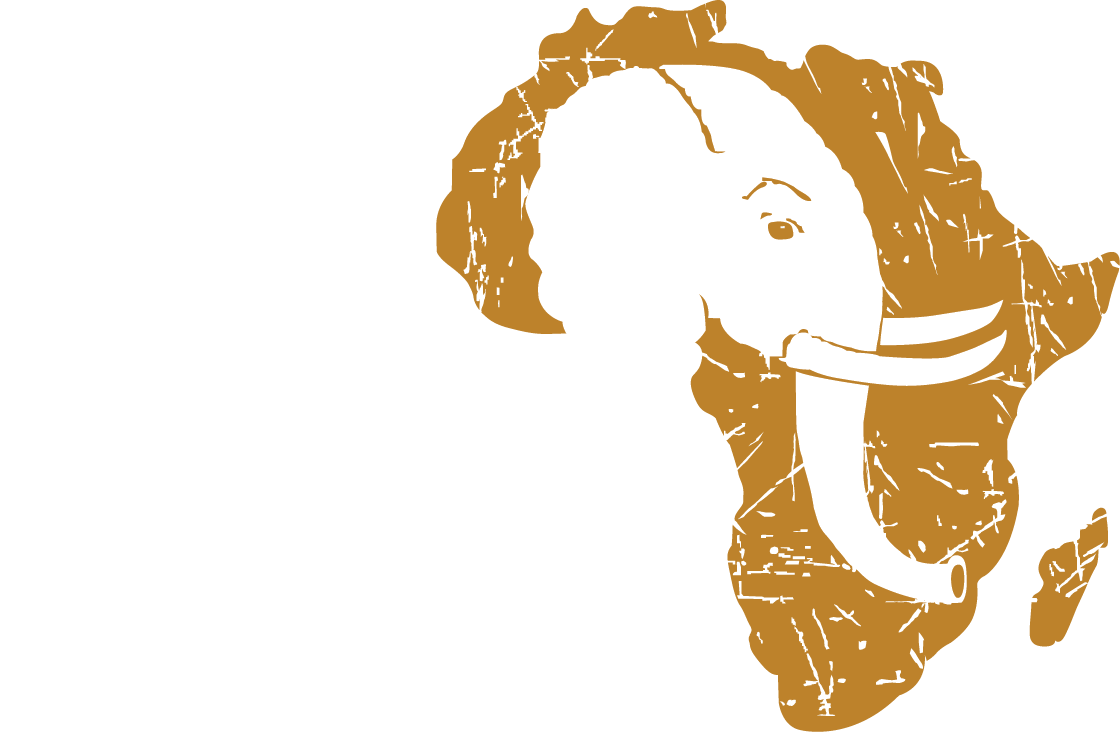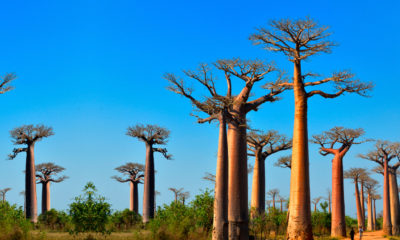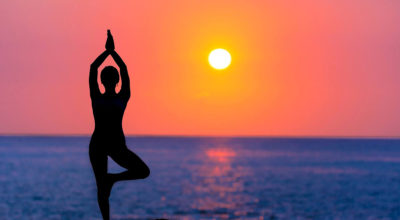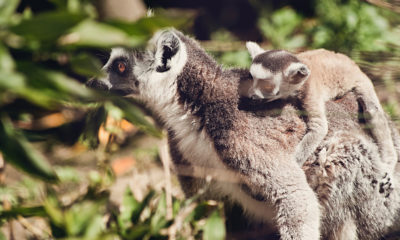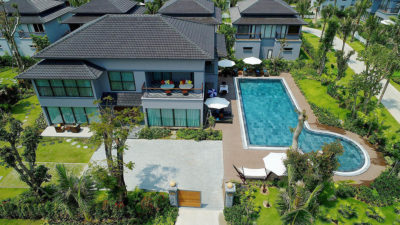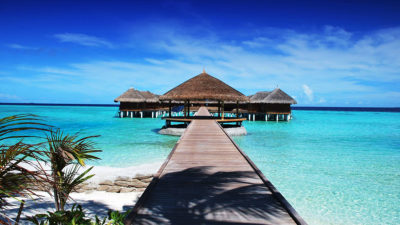Madagascar
MADAGASCAR
Madagascar is an island nation in the Indian Ocean, off the eastern coast of Africa. Madagascar is the 4th largest island in the world. It is the home of five percent of the world’s plant and animal species, 80 per cent of them unique to Madagascar. Most famous among those are the lemurs. Madagascar and Mauritania are the only countries not to use a decimal currency. Its teeming fertile forests and geographical isolation have served to preserve and propagate ‘nature’s design laboratory’ in a mix found nowhere else on earth. Madagascar’s forests are a shimmering, seething mass of a trillion stems and dripping leaves.
Antananarivo
Antananarivo, better known in the short version Tana, is the bustling capital of Madagascar with about 2,000,000 inhabitants. Situated in the high plateau, the city was founded in 1610 by a Malagasy King. To protect the newly gained territory he left 1000 men behind and that’s how Antananarivo got its name (town of 1000). It has developed to a quite interesting city with a lot of contrasts. Thus that Tana habits the country’s major international airport, most visitors will find themselves at least passing through the city. But you should spend some days here and explore the city, visit the market places and Roya. Roya is a palace and one of the main features of Tana. It is built on the highest hill and can be seen from for tens of kilometres in any direction.
Morondava
Morondava is a vibrant west coast town, well known for its seaside resort, laid-back atmosphere, and for being the centre of the Sakalava kingdom.
Not only is it a prosperous rice-growing area, but it is also the southern gateway to the attractions of the west, such as the Kirindy forest, and the famous baobabs.
Kirindy Forest
Kirindy Reserve is a tropical, dry deciduous forest which lies 60 km north of Morondava on the west coast, and covers approximately 10,000ha. The reserve claims a world record for primate density, and also comprises of one of the most threatened wildlife habitats in Madagascar – the dry deciduous forest, which has been reduced to just 3% of its original coverage. The reserve is topped with a forest canopy which has grown to a height of 14 meters, and is also dominated by baobab trees.
Of the 7 lemur species found in Kirindy Reserve, the most common are the fluffy Verreaux’s sifakas (affectionately termed as “Dancing lemurs” for the amusing way they skip from side to side on the ground), and also the common brown lemur.
Kirindy reserve is one of the few places where you can see the world’s smallest known primate, the giant jumping rat, and is also the best place to observe fossas, especially during the mating season of October to December.
There are also 45 bird species and 32 reptile species, including the rare Madagascan flat-tailed tortoise, the side-necked turtle, Madagascar’s only freshwater turtle, and numerous chameleons.
Pre-departure information
Departure:
Your tour starts in Tana on day 1. Should you arrive prior to day 1 or already be located elsewhere in Madagascar, pre tour accommodation can be arranged and you will be picked up from your hotel on the morning of day 1.
Transport:
Transport will depend on the size of the group;
A small car for 2 – 3 people
A minivan for 4 – 6 – 8 people
A bus for 10 people or more
A 4WD vehicle is provided for the day excursion to Kirindy reserve as well as the excursion to Grands Tsingy.
Accommodation:
Accommodation will be in basic – mid-range hotels. Please note that Madagascar is a country which is in its infancy when it comes to tourism. Accommodation is limited therefore all the above mentioned accommodations are subject to availability and we reserve the right to change these using similar accommodation of the same or higher standards. The hotels used are simple, clean and of a basic – mid-range standard, with bathrooms en-suite. Please note that there is an option for an upgrade to a higher standard of accommodation.
Spending money:
Clients are advised to bring enough money to cover their lunches and dinners, the purchase of curios and additional entertainment. Madagascar’s currency is the Ariary. Euros are the most practical and convenient currency to exchange into Ariary at the Airport. There are automatic teller machines (ATM’s) available in the bigger towns like Tana, Fianarantsoa and Tulear.
International credit cards and travellers cheques are very seldom accepted.
Meals:
Where included breakfast will be enjoyed in the restaurants of the various accommodation establishments. Please advise us of any special dietary requirements in advance.
First Aid:
Our guides are trained in basic first aid and the vehicle is equipped with a comprehensive medical aid kit. Preventative Malaria medication should be taken before the trip and throughout its duration, although it is advisable to consult a doctor prior to departure.
Luggage:
Maximum baggage allowance on the plane will be 20 kg. Please bring a backpack or soft barrel bag, not a suitcase. Don’t bring too much clothing, as there are washing opportunities along the way. Please adhere to the allowance specified as space for luggage is limited.
Insurance:
It is compulsory for all travellers to have insurance covering their personal requirements, medical expenses and personal possessions. This is to be arranged before leaving your home country. Jenman Safaris has comprehensive public liability insurance.
Clothing and other items:
Visas:
A visa is required to enter the territory of Madagascar: Tourists staying in Madagascar for less than 90 days will be able to receive a free visa upon arrival. Please check if your passport is still valid (at least 6 months before expiry date). You can easily obtain a visa at the airport of Antananarivo. Please note that, to get a visa at the airport, you do not need to bring photographs.
Clothing and other items:
Shorts Track suit
Light trousers/jeans
T-shirts Sun hat
Warm clothes
Torch & spare batteries
UV protection
Walking shoes
Swimming costume Sandals
Long-sleeved shirts Camera
Windbreaker
Water bottle Sunglasses
Mosquito protection
Gratuities:
If you feel you have been looked after well by your crew or guides, and you wish to show your appreciation for their services, a monetary tip is very welcomed by those in Madagascar. Here follows some suggested guidelines:
Around EUR 4 per person, per day (10,000 Ariary) for a guide or a guide/driver.
Around EUR 2 (5,000 Ariary) for a park guide, depending on your satisfaction.
Around 5% of the bill at a restaurant
200 Ariary per bag for a porter.
As Euro coins cannot be changed into local money in Madagascar, it is advisable to tip in Ariary.
We would ask that you please reserve your generosity for tipping for services only, and not providing free hand-outs to children or adults, as this encourages begging.
